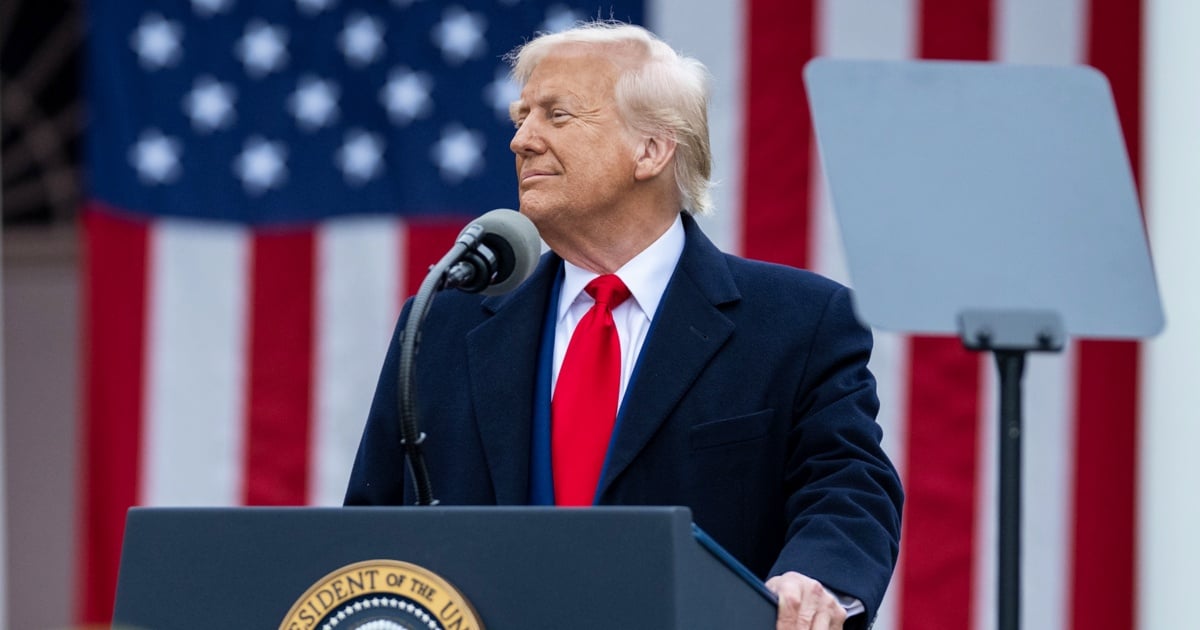On Wednesday, U.S. President Donald Trump unveiled a new series of global tariffs, yet notably left out countries like Russia, Cuba, North Korea, and Belarus. The White House explained that these nations are already under stringent economic sanctions. A senior Trump Administration official, speaking to The New York Times, clarified that these countries are subject to "extremely high tariffs" that effectively bar any meaningful trade.
Response from Cuba
As of now, neither Miguel Díaz-Canel nor Foreign Minister Bruno Rodríguez Parrilla has commented on social media regarding Trump's latest round of global tariffs. However, the state-run outlet Cubadebate reported on Thursday about Cuba's exclusion from the list.
The article humorously noted, "It might be the only punitive list from the imperial government where Cuba isn't included. And why is that? Simply because the over 60-year economic, financial, and commercial blockade prevents Cuban products from being sold in the U.S."
Impact of the Embargo According to Cuba
Cubadebate took the opportunity to highlight the effects of the American embargo in numbers. According to the state media, the accumulated damages over more than six decades of economic blockade amount to $164.141 billion, which translates to more than $1.49 trillion when adjusted for the international market value of gold.
Between March 2023 and February 2024, estimated material losses are expected to reach $5.056 billion, representing:
- An increase of $189.8 million compared to the previous period.
- A monthly impact exceeding $421 million.
- Daily losses of more than $13.8 million.
- Approximately $575,683 per hour.
Cubadebate argues that without the blockade, Cuba's GDP could have grown by 8% in 2023. The Cuban government estimates that due to the geographical relocation of trade, the island has incurred additional costs of $581.7 million, with another $485.7 million spent on freight, insurance, and intermediaries, significantly increasing the cost of acquired goods.
Global Trade Escalation
President Trump stated that the reciprocal tariffs introduced on April 2 would "allow the U.S. to reclaim its wealth." Tariffs ranging from 10% to 49% were imposed on numerous countries with the largest trade deficits with the United States.
Although White House Press Secretary Karoline Leavitt initially indicated the tariffs would take effect immediately, it was later clarified that the base tariffs of 10% would be applied starting April 5, with additional tariffs following on April 9.
This new wave of trade measures signals a fresh phase in the trade war that the United States is pursuing under the Trump administration.
FAQs on U.S. Trade Policies and Cuba
Why were Cuba, Russia, and North Korea excluded from the new tariffs?
These countries are already facing severe economic sanctions that include extremely high tariffs, effectively hindering any significant trade with the United States.
How has the U.S. embargo affected Cuba economically?
The embargo has reportedly caused accumulated damages amounting to over $1.49 trillion, with significant annual material losses and increased costs due to trade relocation and intermediary usage.
What is the intent behind the new tariffs introduced by the Trump administration?
The new tariffs aim to reduce trade deficits and reclaim economic wealth for the United States by imposing reciprocal tariffs on countries with substantial trade imbalances.
